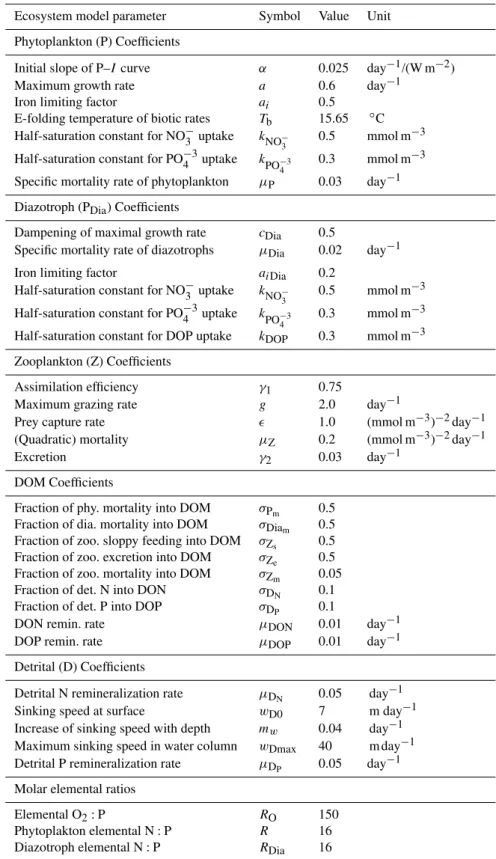Overlooked runaway feedback in the marine nitrogen cycle: the vicious cycle
Texto
Imagem
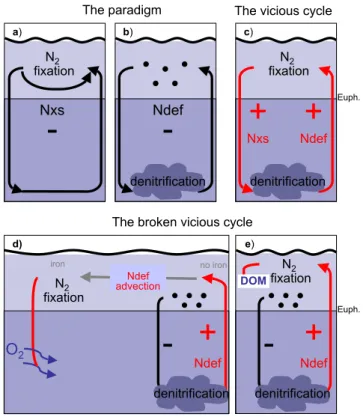
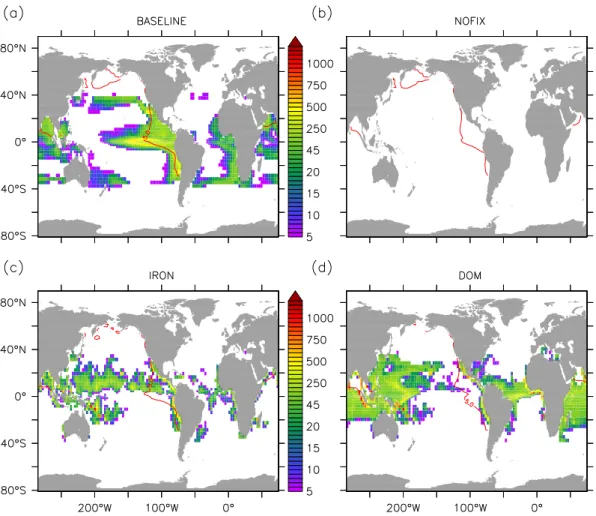
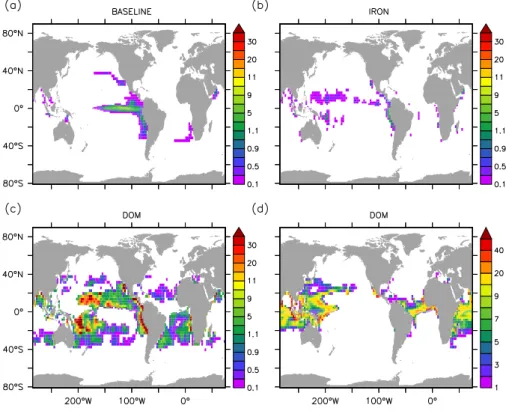
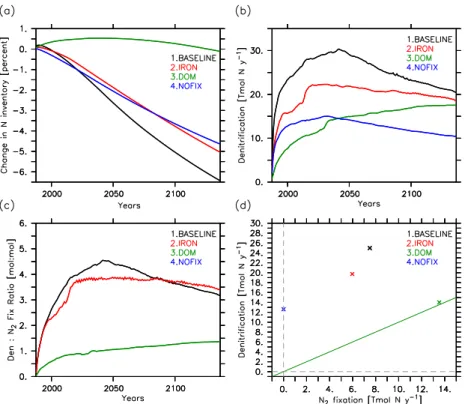
Documentos relacionados
O presente estudo tem por objetivo caracterizar o papel do European Securities and Markets Authority (ESMA), entidade reguladora dos mercados financeiros na União Europeia (UE),
coupled to a low resolution 3-D GCM ocean including an ocean carbon cycle; a state of the art vegetation model (Sim-CYCLE); and a database of daily temperature, pre- cipitation,
Table 4 presents and defines different hydrological measures within five broad groupings of hydrological response, namely; gross water balance, groundwater recharge,
According to Nelson and Plosser, and now using the Beveridge-Nelson decomposition, this means that the Por- tuguese output has a stochastic Trend and a small
Long term interest rates respond to changes in expected future short term rates; if the period of low interest rates was interpreted as evidence of a change in the response of
This study and a recent synthesis (GEIST & LAMBIN, 2001) question this general assumption. It has been observed that as households age and children leave to form new
Abstract | In light of environmental and territorial policies, this study focuses on the investments in Brazil of Spanish and Portuguese hotel chains, particularly
In this paper we show how to obtain the values of the synodic, draconic and anomalistic months and the Saros cycle using as inputs the sidereal month, that is, the time necessary for


